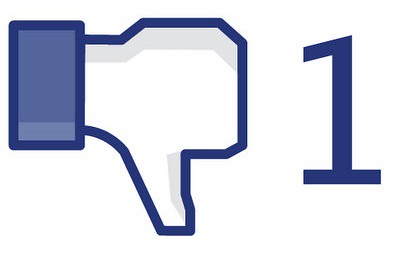
Facebook recently made a change to the EdgeRank Algorithm that increased the importance of Negative Feedback.
Negative feedback on Facebook is when a user will hide, hide-all or unlike your content. Hiding content is like deleting an email without reading it or hitting the spam button.. Hiding-all is the equivalent of unsubscribing, and unliking closes the relationship entirely. In Facebook’s reconfigured algorithm, content that has negative feedback from some users can cause it to be minimized or pulled from all news feeds.
While you are doing your analysis of what content got a lot of reach or shares, also take a look at what could be causing people to hide or unlike your content. Are you posting too frequently? Try altering your schedule to add more space between your posts. Are you asking for too much? Is your tone too self-promotional? Compare post content to see what types cause hides or low engagement.
There are four types of negative feedback on Facebook ranging from undesirable, to worst for a marketer, starting with:
● Hide: hides a single specific post from the user’s newsfeed
● Hide All: hides all the posts by that page from the user’s newsfeed. This used to be known as “unsubscribing.”
● Unlike Page: “unfan” the page
● Report spam: user thinks your page is spam
I was curious if there some benchmark reports that look at negative feedback on Facebook for brand pages. I found these statistics from PageLever referenced in this post from Fast Company last October, “Facebook Fans Are Hiding Your Content At An Alarming Rate”
What they found was rather interesting: 98% of post views generate no negative feedback. But the other 2% of the time a fan responds with some form of negative feedback:
Results from the data:
- 1 out of 50 post views gets a negative response
- Facebook fans are most likely to block ALL your page stories when they take a negative feedback action, 60 times more likely than unfanning your page. Which means that just because your brand has a lot of fans doesn’t mean all those fans are seeing the page content. Some fans may have just hidden the page.
- Fans are more likely to report a post as spam than to unlike the page.
Why do 2% of fans unsubscribe?
For far too long we’ve focused on maximizing fan count instead of maximizing fan engagement, and now we’re paying the price. This has nothing to do with Facebook’s algorithms and has everything to do with content marketers put in front of their fans…in many cases content our fans don’t want to see.
What can marketers do to ensure that fans engage with them instead of hiding their content? Your fans will remain loyal as long as the content remains relevant and expectations for frequency are met.
How do you analyze negative feedback on Facebook? Here’s a good post that explains the steps for exporting data from Facebook and do some excel spreadsheet aerobics. Edgerank Checker recently announced a new pro feature that gives you some more nuanced data – and automatically exports and visualizes the data for you. (There is a free trial so you can check it out before you purchase). But don’t forget that it is important to generate some insights from all that data.
I’m sure there are other analytics programs that will automatic the data jujitsu for you. But I’m curious, have you analyzed your Facebook Negative Feedback? What’s your hide percentage? What type of content turns your fans off?
The Edgerank tool does it all for you and gives you some more nuanced data.
Your percentage is less important than generating some insights by looking over your editorial calendar asking:
What can you do to ensure that fans engage with your organization instead of hiding their content?
Has anyone analyzed their negative feedback for Facebook? This might be an interesting benchmark for the group. What do you think?
